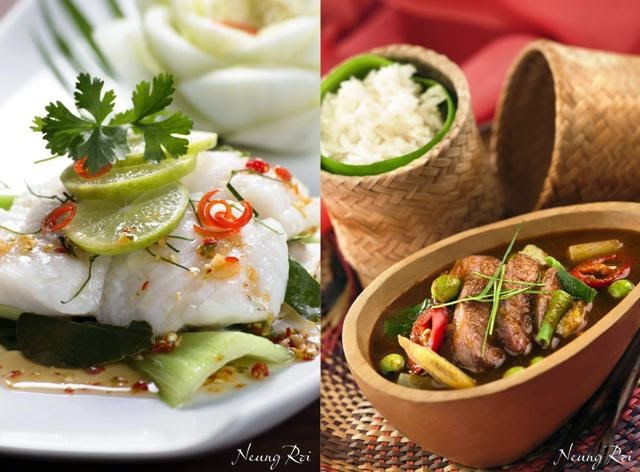Choosing
the top sommelier from a country as large as a continent is not an easy job. It
entails
sifting through reams of
applications, shortlisting the eligible candidates, orienting them towards the
championship and conducting the acid
test itself. Recently, I attended the Indian Sommelier
Championship in its 7th edition conducted by Wi-Not Beverage Solutions Pvt Ltd, headed by Magandeep
Singh,- India’s best known sommelier. The championship is the only fixture of its kind in India since its inception in 2008 and this year, 13 finalists slugged it out at hotel
Leela Ambience, Gurgaon, vying for the top honours that would open new portals of opportunities for them in the super-specialised field of Sommellerie .
 |
| Sommelier Magandeep Singh (Pic Courtesy: Wi-Not Beverage Solutions Pvt Ltd.) |
This culminating event was preceded by shortlisting of 100 applicants representing 12 states and around
50 F&B establishments- who were then trained by industry leaders before taking a preliminary exam that churned out the final 13.
The finals progressed with each contestant coming up to the stage and performing a set routine as under:
1. Open and serve six equal glasses of a sparkling wine (without any wastage and without going back to a glass already poured), taste it and identify it.
The finals progressed with each contestant coming up to the stage and performing a set routine as under:
1. Open and serve six equal glasses of a sparkling wine (without any wastage and without going back to a glass already poured), taste it and identify it.
2. Open, decant and serve a still wine, taste it and identify it.
3. Pour the perfect pint of beer.
4. Identify two spirits in a blind tasting.
5. Pair wines to go with a menu presented to them.
6. Answer questions posed by the judges.
The degree of difficulty for the above sequence increased manifold with a 13 minutes time limit and the requirement to maintain good humour with the judges and the audience.
Observing the candidates, I noticed that they looked like having been put on an even keel courtesy the preliminaries stated above. It was now only a matter of wits and handling the pressure of performing in front of judges and audience. The judges on their part encouraged the contestants in order to put them at ease, but at the same time, were hard task masters. As the competition progressed, the audience too had a chance to sample the corresponding drinks being poured at the stage.
The Judges
 |
| The judges evaluating the performance of a contestant (Pic Courtesy: Wi-Not Beverage Solutions Pvt Ltd.) |
The panel comprised of three judges, with each judge representing a different expertise area- from winemaking to hospitality and business aspects. Aishwarya Nair from the Leela Group of Hotels, Alessio Secci, co-owner, Fratelli Vineyards and Andrew O’Brien, GM, Treasury Wine Estates for South Asia, Korea and Japan formed this distinguished panel.
The Prizes
The top prize for the Champion Sommelier was an ‘Immersion Trip’
to Penfolds Australia during harvest
time to their prestigious Magill estate. Only five such awards are given
annually worldwide, with the Indian Sommelier Championship being one of the
privileged recipients. Apart from this, there were several other prizes for winners
in different categories.
The Winners
After a gruelling 5 hours or so, the competition part of the day was closed with a debriefing cum pep talk by Magandeep , bringing out the upsides and downsides of the contestants’ performance . The results compilation then started with announcement of winners scheduled during a gala to be held in the evening separately. I only wish that the winners were announced at the end of the competition so that people like me who did not get to attend the evening fixture could go home without the suspense. However I learnt later that the gala was conducted with equal finesse. Photos of the Top 3 and and a complete list of winners is given below:
 |
| Atul Tiwari- The Champion Sommelier (Pic Courtesy: Wi-Not Beverage Solutions Pvt Ltd.) |
 |
| Harish Acharekar- First Runner Up (Pic Courtesy: Wi-Not Beverage Solutions Pvt Ltd.) |
 |
| Karanbir Singh Gulati- Second Runner Up (Pic Courtesy: Wi-Not Beverage Solutions Pvt Ltd.) |
Bonne chance to all the winners! Competitions are meant to pick winners, but the spirit of a competition lies in utmost professionalism and the desire to excel. To that effect I found that all the contestants had something about them that made them stand apart in a unique way.
In all probability you may discover that too when you go visiting as their guest next!
In all probability you may discover that too when you go visiting as their guest next!

























